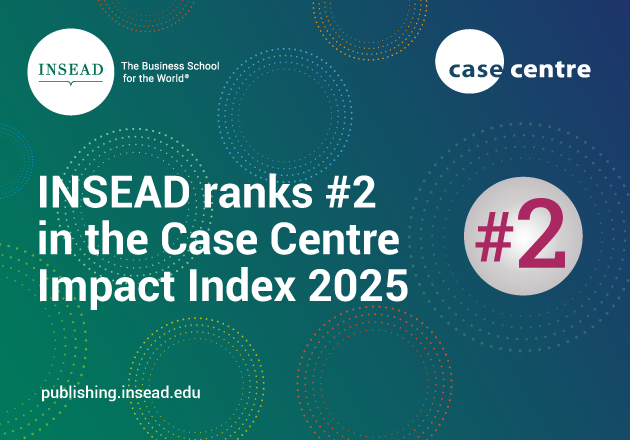In this simulation, learners step into the role of senior leaders at Zing, a global beverage company. The story begins with the sudden resignation of Tamara Jameson, Zing’s Product Innovation Officer and one of its most senior female executives. In her formal statement, she cited feelings of marginalization and a lack of true inclusion. However, private communications later revealed a deeper pattern of individual experiences that exposed underlying cultural issues at Zing.
In response, Zing’s global CHRO convenes a Task Force to investigate the company’s diversity and inclusion environment and recommend tangible steps forward. Learners serve on this Task Force, working to uncover systemic barriers, assess current practices, and define a path toward lasting cultural change.
Participants must examine a range of qualitative and quantitative inputs to evaluate the gap between Zing’s stated values and employees' lived experiences. Based on their findings, they propose high-level D&I objectives, identify key metrics to track progress, and recommend aspirational targets. These recommendations are expected to guide the company toward a more equitable, inclusive, and accountable workplace.
Midway through the experience, the Task Force encounters a sensitive challenge: a layoff tied to a broader restructuring initiative. The employee being let go accuses Zing of age discrimination, escalating the emotional stakes. Through a realistic role-play scenario—either in person or with AI-powered bots—learners must manage the conversation with empathy, professionalism, and clarity. The scenario pushes them to confront bias, navigate tension, and handle complex interpersonal dynamics in real time.
Designed for undergraduate, MBA, and executive classrooms, this LiveCase invites reflection on organizational culture, ethical leadership, and the human dimensions of change management.
1) Identify organizational barriers to diversity and inclusion, and propose strategies to address them.
2) Use data analysis to uncover gaps and inconsistencies in D&I practices.
3) Apply leadership skills to respond constructively to D&I challenges.
4) Develop a strategic implementation plan with clear goals, KPIs, and accountability for advancing equity and inclusion.
- Organizational Behavior
- Business and society
- Leadership
- Organizational Change
- Organizational Culture
- SDG10 Reduced Inequality








